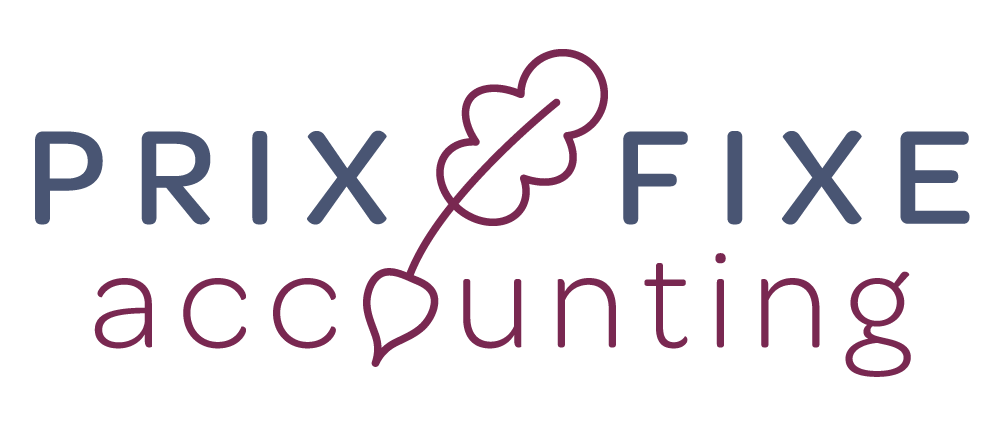The Small Business Administration (SBA) launched the RRF page on their website over the weekend, and with it, revealed a program guide, and a sample application.
UPDATED INFORMATION ABOUT THE RESTAURANT REVITALIZATION FUND
Changes to the Restaurant Revitalization Fund Application Process
APPLYING FOR A RESTAURANT REVITALIZATION FUND GRANT
How to do bookkeeping for a restaurant?
Bookkeeping isn’t, of course, a challenge solely for restaurants. However, it’s fair to say that restaurants’ often notoriously thin profit margins don’t make this staple task easy. And that’s also why it’s so important to keep an extremely close eye on your financial data as a restaurant owner, given that failing to notice just one thing could imperil your entire business.
With the hospitality sector being what it is, effective restaurant bookkeeping can be a bit… complex. So, let’s summarize the basics of what you need to get right to balance the books.
Recording sales each day
Having some way of reliably keeping track of your daily revenue is one of the most fundamental components of restaurant bookkeeping. And when we say daily, we do mean you should be recording a separate sales entry for each day, rather than monthly or weekly. This approach allows you to mirror how cash and credit card deposits hit your restaurant business’s bank.
Thankfully, restaurant POS systems do tend to incorporate a daily sales summary anyway. Regardless, the key thing is to know precisely how your restaurant’s funds are hitting your bank so that you can set up a restaurant bookkeeping system that mimics this activity.
Handling accounts payable
There aren’t many things more important for a restaurant business than paying its bills in a timely manner; after all, without all those vendors and suppliers providing their wares, you wouldn’t be in business at all.
So, the accounts payable – the amount you owe to your suppliers – is a pretty crucial factor. The good news is that it’s not too difficult to enter and pay bills in QuickBooks. You should be entering your bills into software like this once or twice a week, and paying them once a week.
Calculating payroll
Believe us when we say that dealing with your restaurant’s payroll on your own is a matter of some peril. That’s because this is one of those areas where the restaurant sector’s darned complexity comes into play.
In the restaurant industry, it’s typical for different employees to be on potentially very different wages and hours. That can make it so easy to overlook just one or two things, and end up filing your payroll taxes incorrectly.
As you can probably tell on reading this, we’re a bit anxious for you to get your restaurant payroll right. So, you might want to allow us to take this particular responsibility off your hands.
Reconciliation
Yes, we’ve touched on quite a few “important” areas already. But this one’s right up there – the most critical of the lot. We are, of course, talking about reconciling your accounts, which enables you to ensure you’ve definitely recorded every single financial transaction.
And restaurant owners shouldn’t be stopping at reconciling their bank accounts. They should also be reconciling loans, credit cards, lines of credit and payroll liabilities. That’s the way to ensure everything has been truly accounted for.
Financial reporting and analysis
This part of the restaurant bookkeeping process entails scrutinizing your business’s financial statements – particularly the weekly and monthly income statements.
There are quite a few ratios you need to be keeping a close eye on, including sales vs. costs of goods ratios, and labour ratios. Labour costs, for instance, shouldn’t ideally exceed 30 per cent of your revenue – although, depending on what type of restaurant you run, you may be paying some way north or some way south of this. Our previous blog post on managing labor may be helpful here.
There you have it – a cut-out-and-keep summary of what makes restaurant bookkeeping, restaurant bookkeeping. If you run or are intending to run a restaurant business and are concerned about anything you see here, don’t forget that we’re always available at the other end of the phone.












